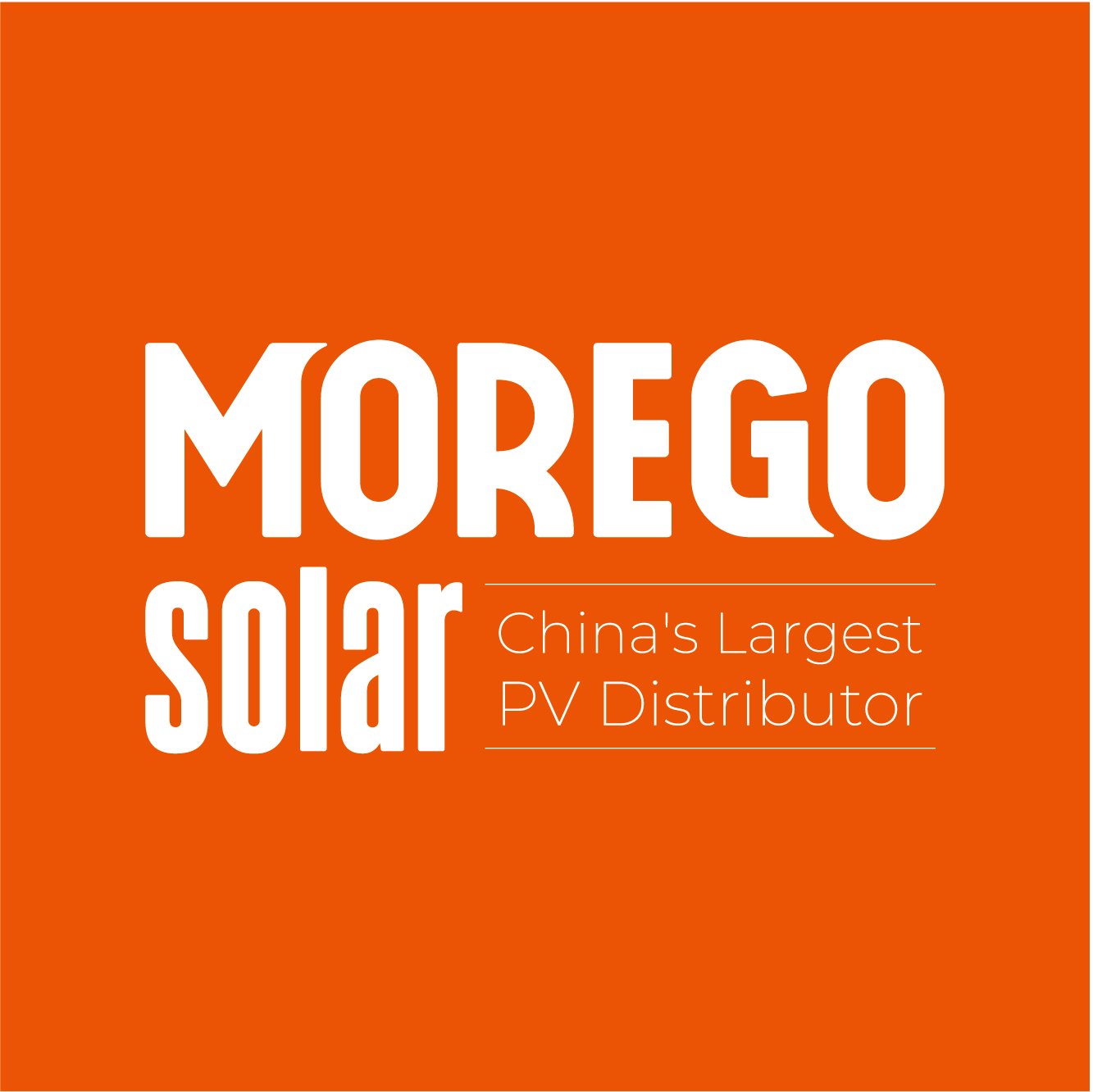A few days ago, the European Commission (EC) decided to form a Solar PV European Partnership with the European Technology and Innovation Platform (ETIP PV), the research representative of the photovoltaic industry at the EC.
It is noted that solar PV is one of the nine new areas identified in the European program of co-financing and co-planning partnerships. This can be found in detail in the Horizon Europe Strategic Plan 2025-2027.
The SPP is a guiding document for the use of research and innovation (R&I) funding in Europe for the period 2025-2027 and will come into force at the beginning of 2025. The European Partnership aims to bring together the European Commission with private and public partners to tackle some of Europe's most pressing challenges through joint research and innovation programs.
Thomas Garabetian, member of the ETIP PV Secretariat and R&I manager at SolarPower Europe, said “This partnership will be a crucial pillar to develop a resilient European solar supply chain, by helping European companies and research institutes to reduce their turnaround time between the laboratory and production phases, with better targeted R&I programsthat will help deliver innovation at scale,”
In fact, Europe has been in an almost complete energy panic since the energy crisis hit full force. Photovoltaics have become widely known as a more convenient and cost-effective energy alternative. The "rush to install" is also on schedule.
The EU plans to increase solar PV capacity to nearly 600 GW by 2030, releasing at least 337GW of additional PV space in the next six years.
One pressing issue that European authorities cannot ignore is the heavy reliance on Chinese-supplied solar panels. More than 95% of the solar panels used in the EU come from China, and without intervention, the EU's increased solar panel capacity will depend almost entirely on imports from China.
According to China Customs export data for 2023, China's exports of PV primary materials (Silicon wafers, cells, modules) amounted to $49.066 billion. Among them, the proportion of solar products exported to the European market is 41.14%. LONGi, JinkoSolar, JA Solar, Trina Solar, and Canadian Solar all occupy a relatively high market share of the PV industry in Europe. Europe is clearly the number one market for Chinese PV mains exports.

(Image source: bluegel)
This critical point raises concerns about the EU's economic security and geopolitical vulnerabilities, especially in light of recent global turmoil. Therefore, it is urgent to form a European partnership for solar PV and promote the implementation of the Horizon Europe Strategic Plan 2025-2027.
There is a lot of things are easier said than done In the face of a more mature Chinese PV industry chain, the EU is encouraging the development of new technologies at the same time, but also wants to further realize cost reduction and efficiency, to replace the other countries of photovoltaic module products, talk about how easy it is?
In principle, the EU wants to achieve a non-binding benchmark of around 40% self-sufficiency in solar panels by 2030. However, rather than making a strong economic case for the solar industry, import substitution methods can increase the cost of solar panels, slow deployment and spawn an overly subsidized industry.
This rationale is evident when we look back at the history of the growth of China's solar industry. Subsidy-dependent enterprises and products, not only is not the optimal solution to achieve cost reduction and efficiency, but also produce market disruption, productivity redundancy and other types of risks. And, subsidies will not always exist, once the recovery, market turbulence will be inevitable.
EU solar manufacturing subsidies are not appropriate based solely on European production standards. Supporting new solar products that have a real chance of becoming sustainable industries and helping to achieve climate goals, accelerating solar deployment, strategic stockpiling, and progressively diversifying sources of imports may be the program's top priority.
Disclaimer: The information, including but not limited to text, images, and audiovisual content, provided on this website is sourced from the internet and is intended for educational and informational purposes only. It does not constitute any investment advice. If there is any infringement, please contact us promptly, and we will remove it immediately.

